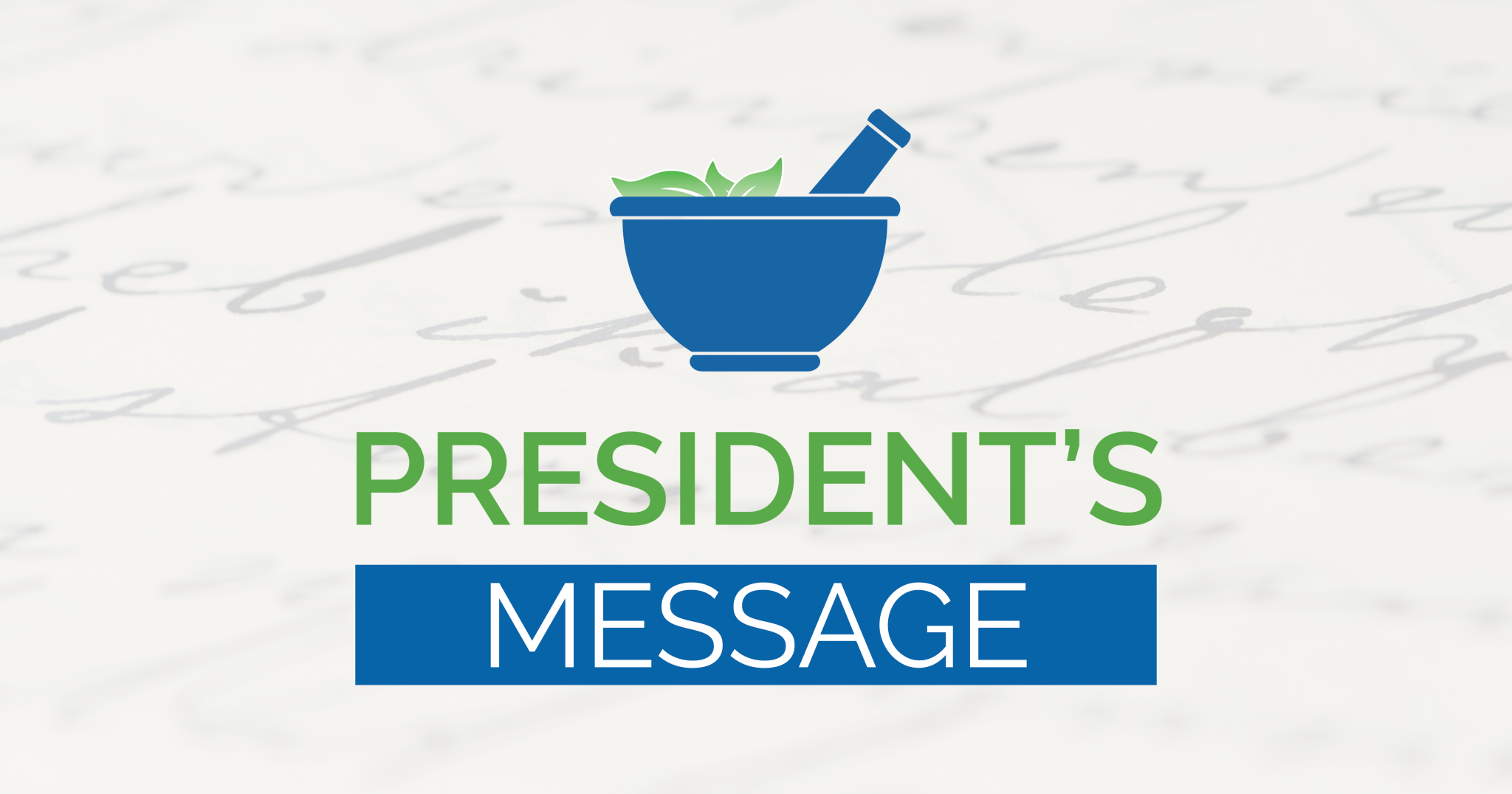Consumer-Friendly Drug Product Labels

By Mark Land, MS, RAC-US, AAHP President
In 2016 I wrote an article on labeling homeopathic drug products for self-medication. At that time, I reported that there were more than 7,000 homeopathic products registered with FDA. Today, eight years later, that number is more likely doubled to 15,000 homeopathic products registered with FDA. At that time, I noted that about half of the homeopathic products were labeled with indications for use that were not amenable to self-diagnosis and self-treatment. I don’t know what that percentage is today, but I think it is probably less.
As important as indications are for use amenable to self-diagnosis and self-treatment, today I would like to discuss a new set of concerns related to OTC drug labels in general. There is a paradox in consumer behavior. Increasingly consumers want more information about the products they purchase. At the same time, FDA and academics have determined through testing that Dug Facts Labels (DFL) are overcrowded.
Overcrowded labels mean that consumers may miss information on the label that is important to self-selection and use of the drug product. FDA has made some tentative suggestions. They have recommended that certain key information from the DFL be placed on the Principal Display Panel (PDP). For example, the ages of the target population or contraindications (i.e., “Do not use with Monoamine Oxidase Inhibitors”). Overcrowding is not limited to the PDP; it’s a factor to consider on the DFL as well.
FDA has suggested that the DFL be reduced to the minimum, replacing content with a QR code that will direct the consumer to Drug Facts Labeling on the manufacturer’s website. The DFL was a triumph of communication after its launch. The success was mostly associated with the standardization that the DFL brought to OTC drug labels. The same standardization will be necessary if Drug Facts Labeling moves to manufacturers’ websites. Keep this in mind as you develop or revise your websites in the future. It is unclear when any of this will come to be in place, but any line-wide modification to labels is a big undertaking for manufacturers. Being aware of this potential can affect decisions that you are making today and ease implementation in the future.
For more on this topic and other topics in the future of homeopathic medicines follow this link to AAHP’s 100th Anniversary White Paper. Chapter 4: "Future of Homeopathic Medicines” explores tomorrow’s dosage forms, active ingredients, packaging, and labeling opportunities.
